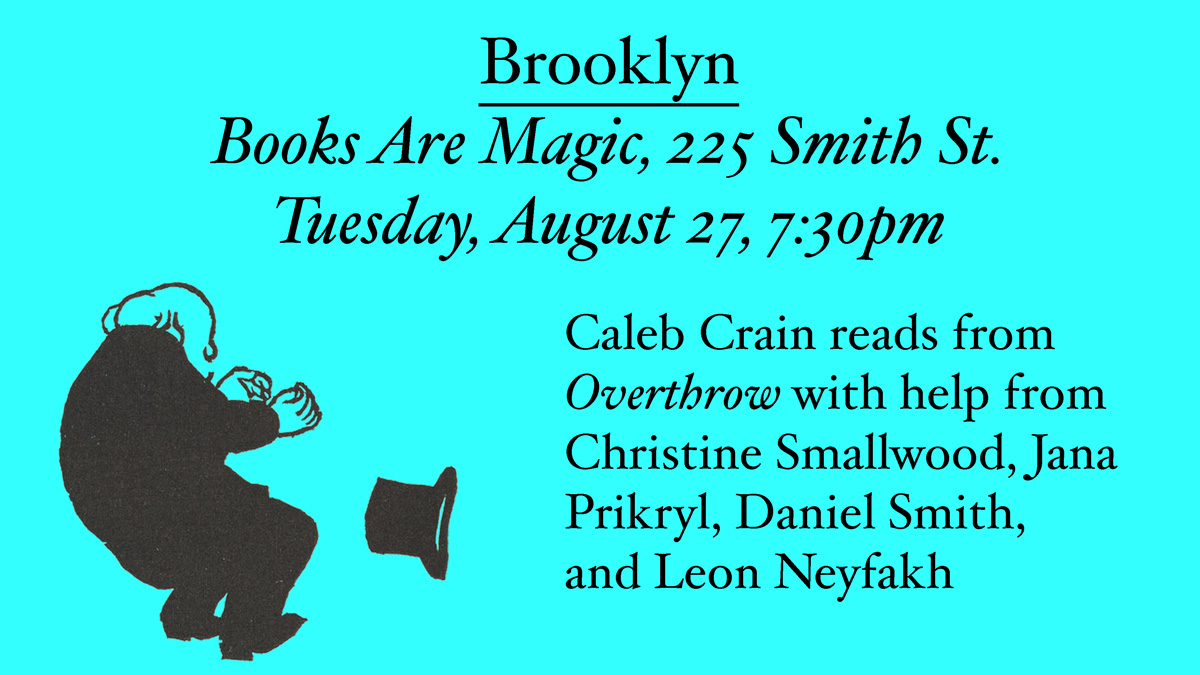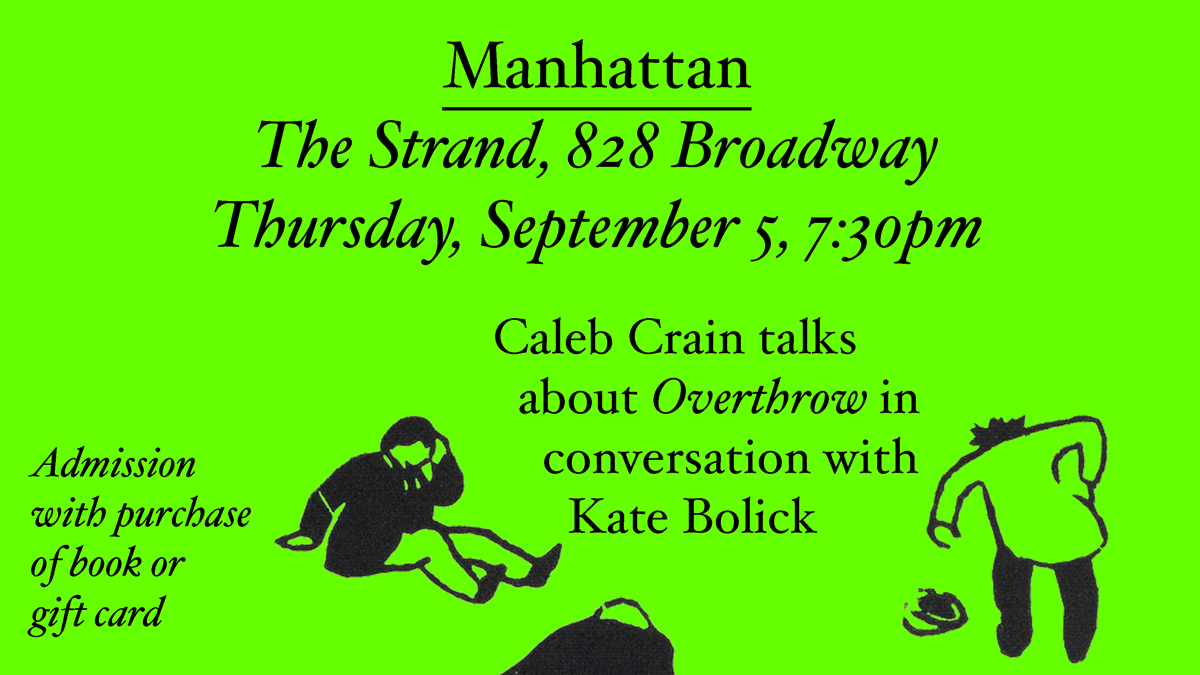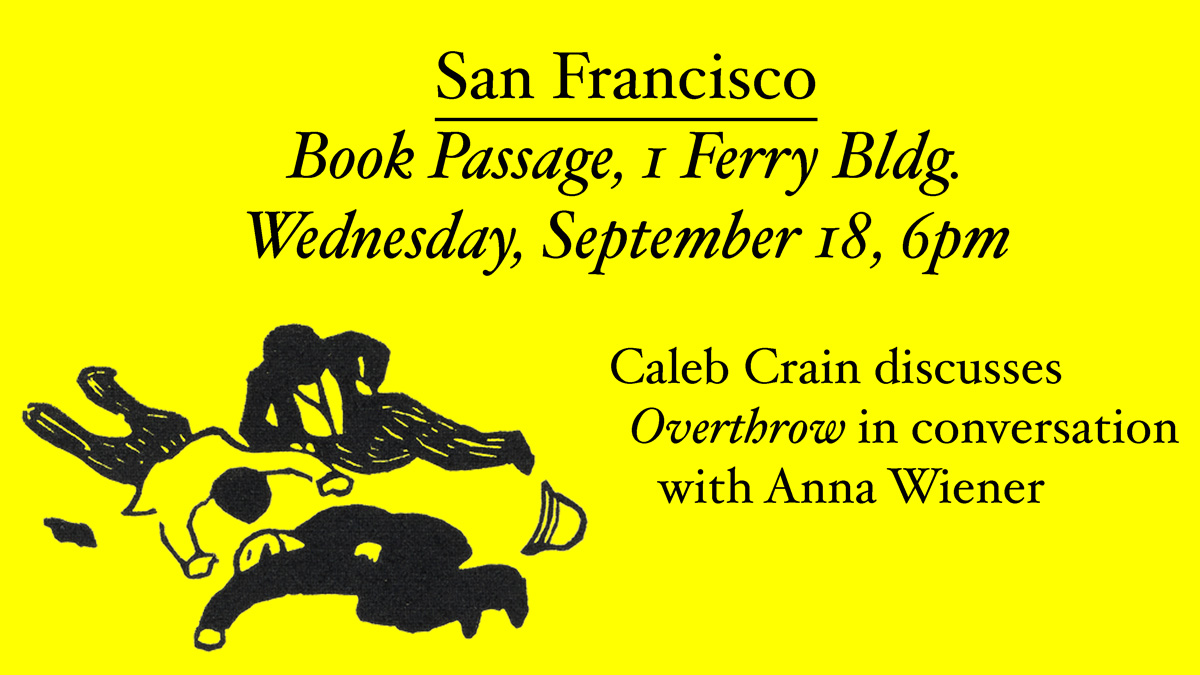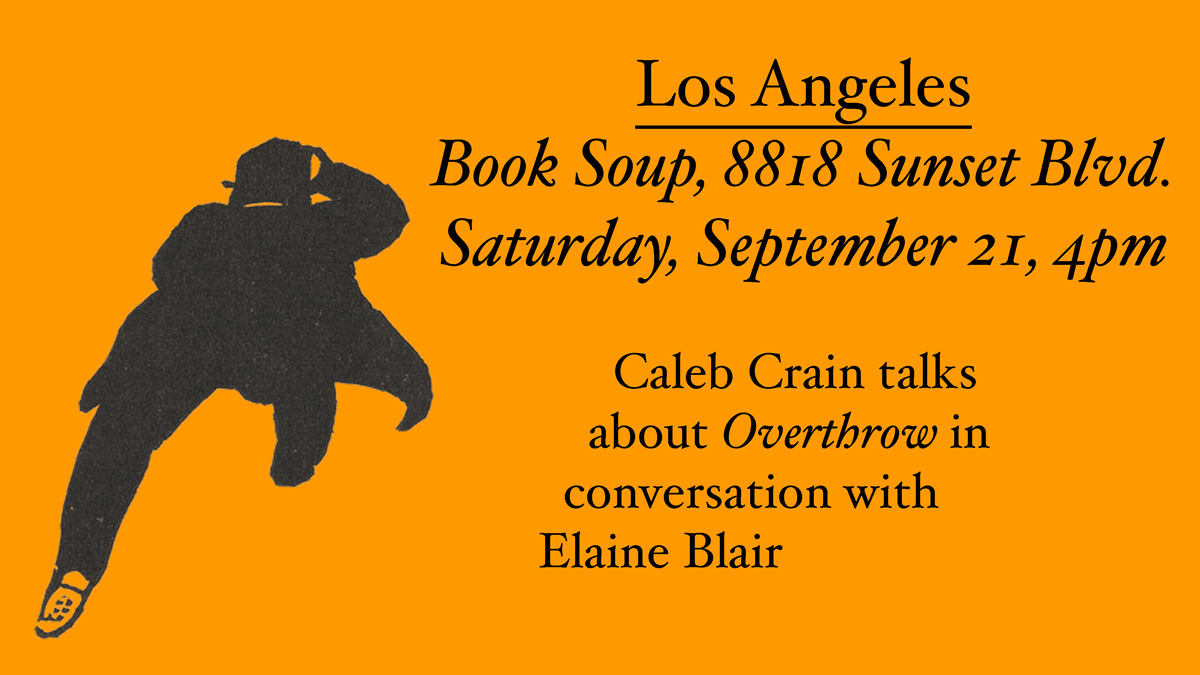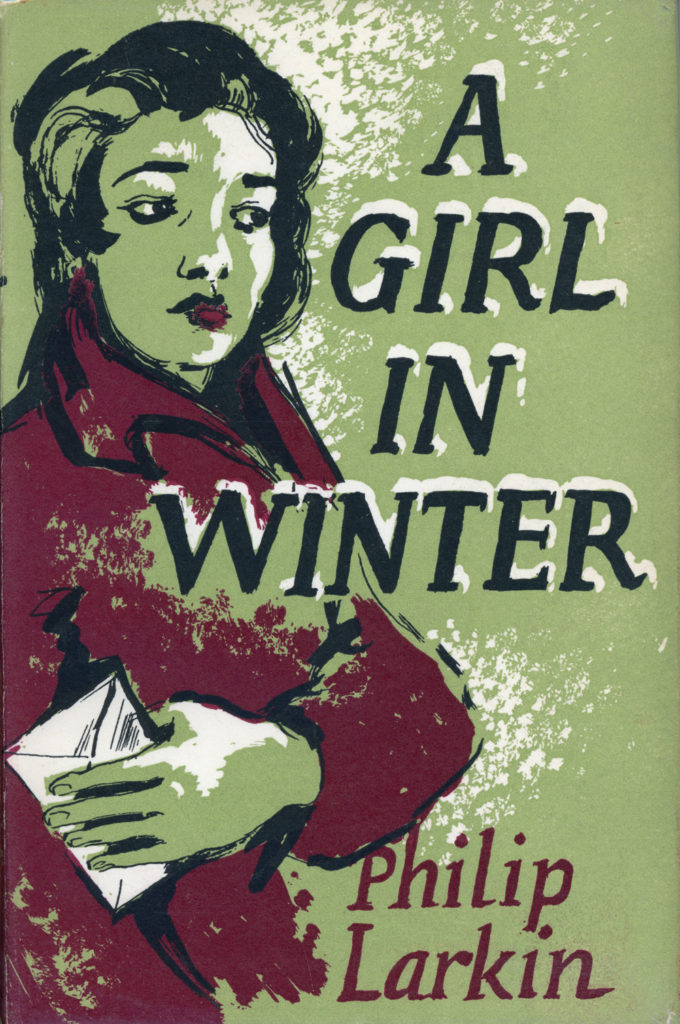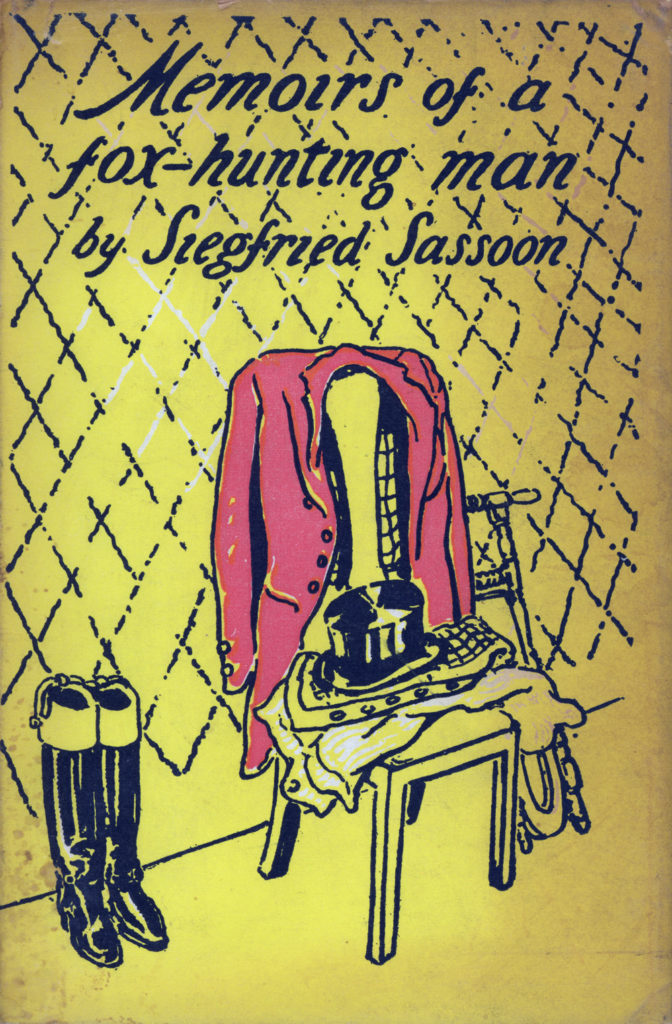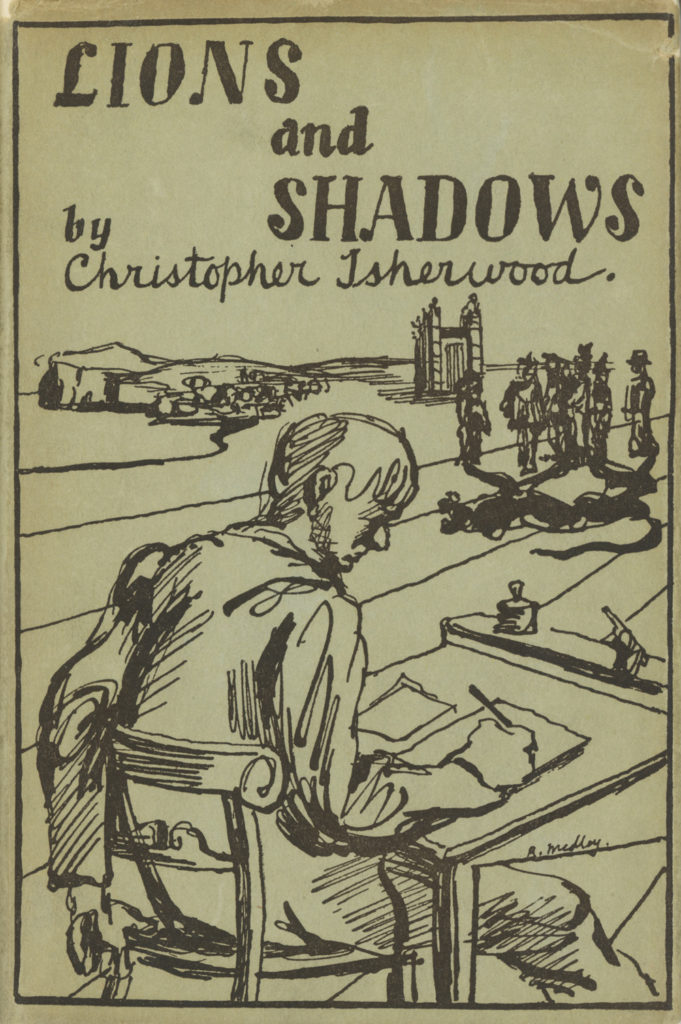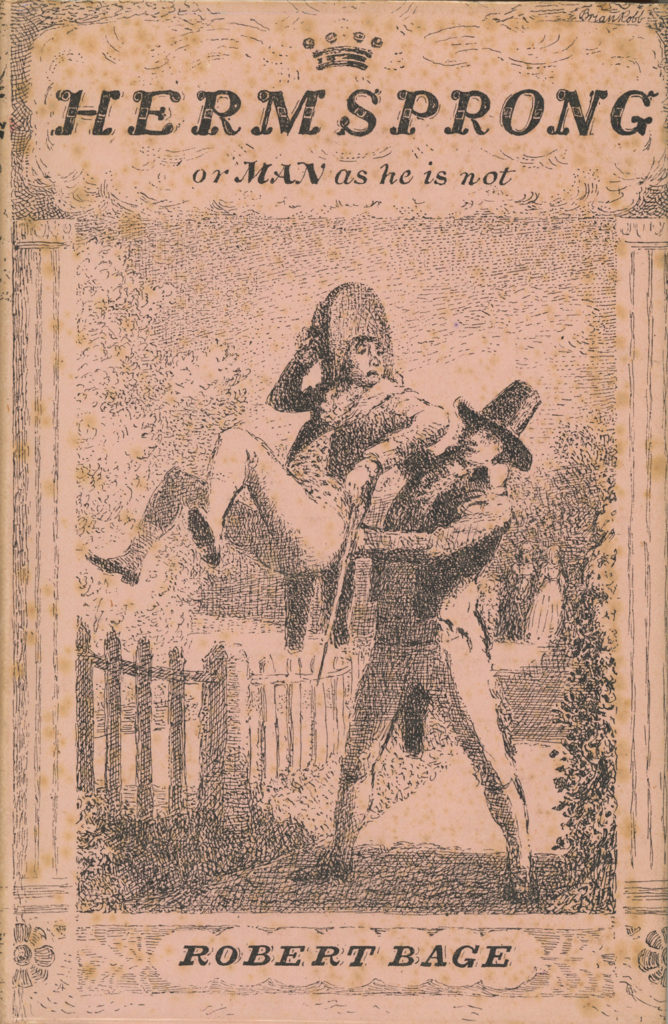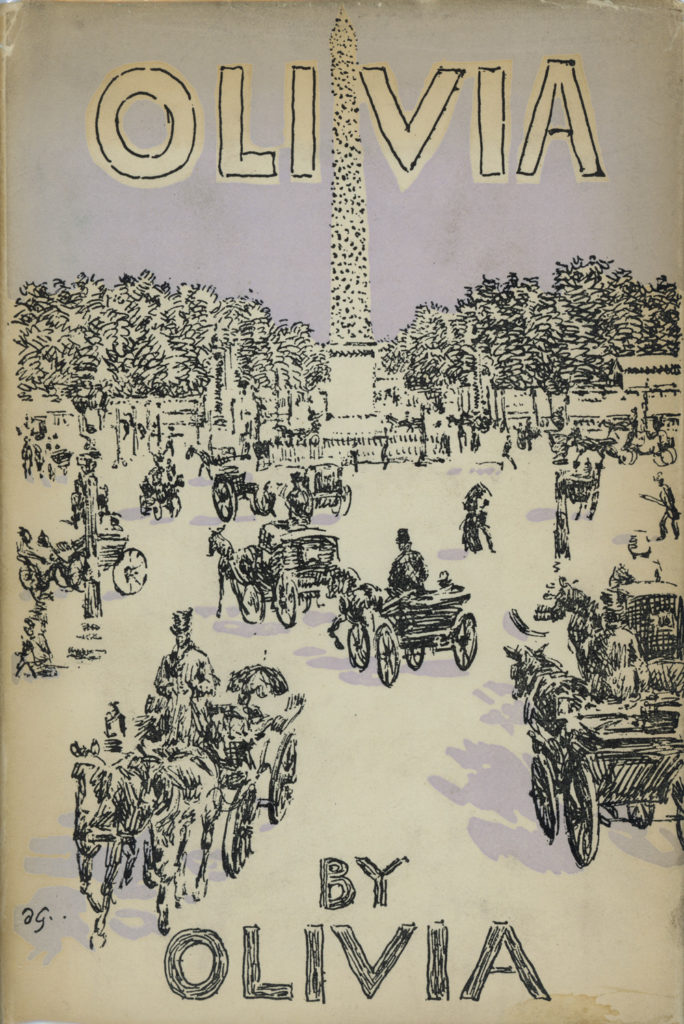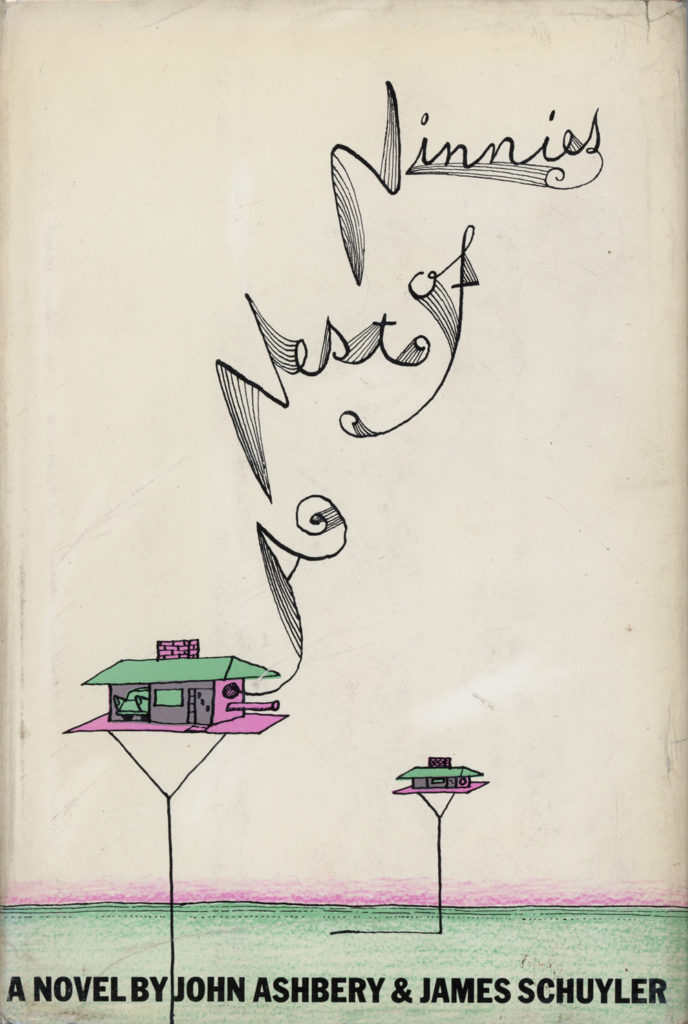Another newsletter . . .
Pluralism
I’m reading Buddenbrooks. It’s a very dry kind of funny, and it occurred to me the other day that maybe even the title is funny. It’s a little odd in English, anyway (maybe it isn’t in German?), to refer to a family’s last name in the plural without a definite article. The family name is Buddenbrook, no s, so in English, the usual title would be “The Buddenbrooks.” Mere “Buddenbrooks” has a little spin on it. There’s a little diss of generalization, as if Mann were saying, “Enclosed please find some Buddenbrooks,” or “Buddenbrooks: A Representative Sample.” Or, with a shake of the head, “Buddenbrooks, man.”
Peter, trying to get into Huckleberry Finn, a couple of months ago: “There’s kind of a lot of Tom Sawyer fan service.”
About six months ago, I started bringing a camera along when I took Toby for his morning walk. My original idea was to take a picture every day of the little vista that Toby and I see when we first reach the Nether Mead, which on some mornings is so beautiful that runners stop to snap it with their phones. We pause there so I can take off his leash. The series was going to be deliberately a little boring but it would be a way of photographing time, I told myself. Unfortunately I am too much of a jackdaw and on the very first day, even one photo of the vista seemed boring, and instead I have ended up taking pictures of whatever seems noticeably pretty or noticeably ugly, which I know is rank middlebrow pictorialism—too much studium and not enough punctum—so you don’t have to @ me, photography critics. Mostly I have only photographed natural things: mushrooms, flowers, clouds, parts of trees. For a few days in late summer I was earnest enough to post photos of leaf blight, which did not win many likes on Insta. (But did you see the leaf blight, person who scrolled by without stopping? Did you really see it?) I like the way the photos register the gradual shift of the seasons when I flick through them, which can be done on my blog Steamboats Are Ruining Everything or, in a selection and in a square format, on Instagram. So you see I am photographing “time,” after all. The record isn’t rigorously a daily one, because once a week, on Saturday, Peter takes over the morning walk while I go to the green market, plus I’ve been out of town a few times, and some days I just don’t manage to take any photos worth sharing. On good days, though, I take more than one photo, so I have coverage, as the cinematographers say. There’s at least one photo for every day, if not of every day. Maybe what interests me most about the undertaking is that almost every morning I go into the park fairly certain that probably nothing of interest will come up, because after all I walk pretty much the same route every day, and it’s only a day later than yesterday, so what new thing could there be. Yet almost every morning, there is something. (On one banner day: Slug copulation! They coil around each other, upside down, and then translucent sex organs come out of the sides of their heads, which in turn coil around each other. Very much NSFW, if you’re a slug.) But not always. Which makes it like writing: consistent self-discouragement vs. unreliable pleasant surprise. Bonus: A couple of times, Prospect Park’s Instagram account reprinted one of my photos, making me famous, so there’s that.
I didn’t mean to be the sort of author who would start a newsletter and then drop it as soon as his book was published. But publishing a book is a little . . . disconcerting? (I’m doing better now. I joined a Cross Fit “box.”) The book news since (oh gosh) September 4, if you haven’t already followed it on my blog, includes a couple more nice reviews. Nicholas Dames, for Public Books: “It’s a novel that keeps faith in even the unlikeliest candidates for where redemption might next come.” Tim Pfaff, for the Bay Area Reporter: “Crain is a true craftsman, but the writing mostly doesn’t care what you think of it and shows off shamelessly.” And I sat for a few more interviews, including with Shaan Sachdev, for Bookforum; with Emily Homonoff, for Reading with Robin; and, on video, with Kevin Moore, for Cuny TV’s Twilight Talks.


